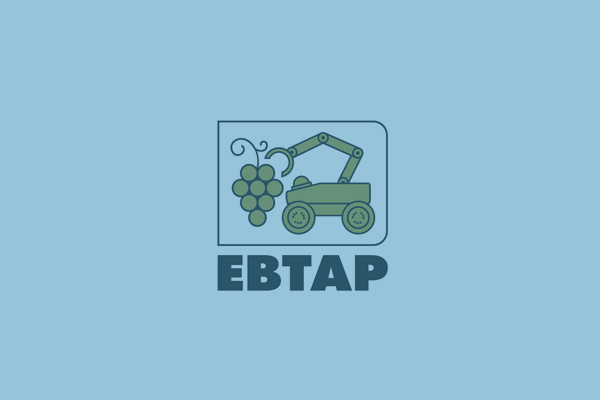Efficacy of a Robot-Assisted Intervention in Improving Learning Performance of Elementary School Children with Specific Learning Disorders – Children 2022, 9(8), 1155
Abstract (1) Background: There has been significant recent interest in the potential role of social robots (SRs) in special education. Specific Learning Disorders (SpLDs) have a high prevalence in the student population, and early intervention with personalized special educational programs is crucial for optimal academic achievement. (2) Methods: We designed an intense special education intervention for children in the third and fourth years of elementary school with a diagnosis of a SpLD. Following confirmation of eligibility and informed consent, the…


 Greek
Greek







